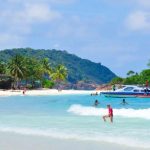If you haven’t followed our secondary account yet, be sure to do so. Some of these unexpected hot deals will be posted there (the scheduling for the secondary account is relatively more flexible).
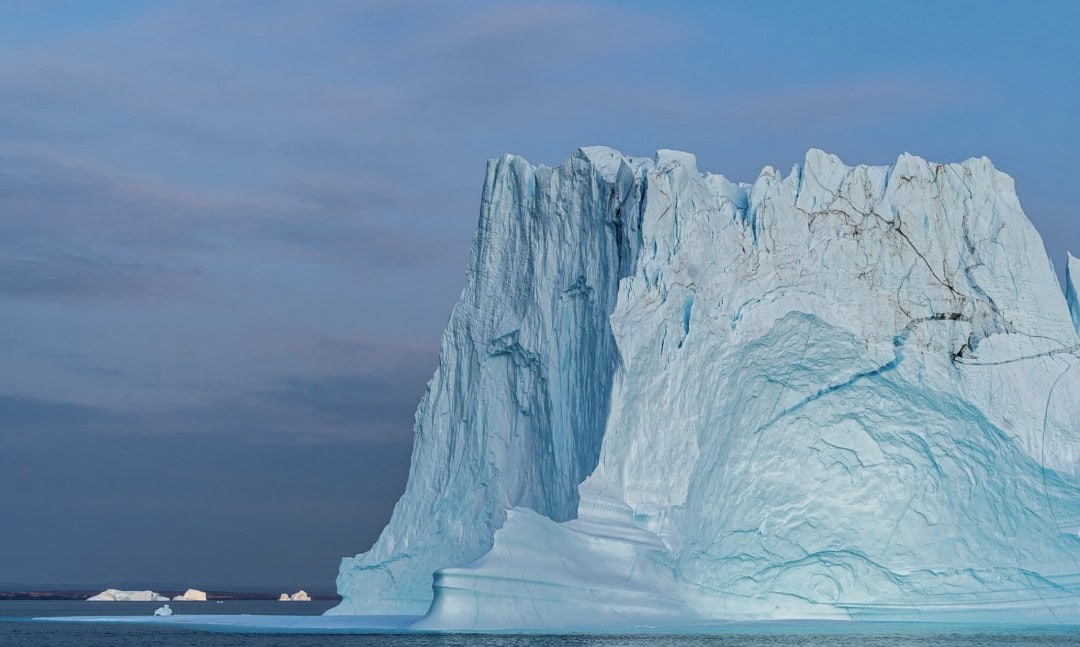
Now, let’s move on to today’s main content.
The reason I’m writing about the Arctic is that I want to go there. I’ve been to Alaska and Antarctica, and I feel my next adventure should be in the Arctic. I hope to make it this year.
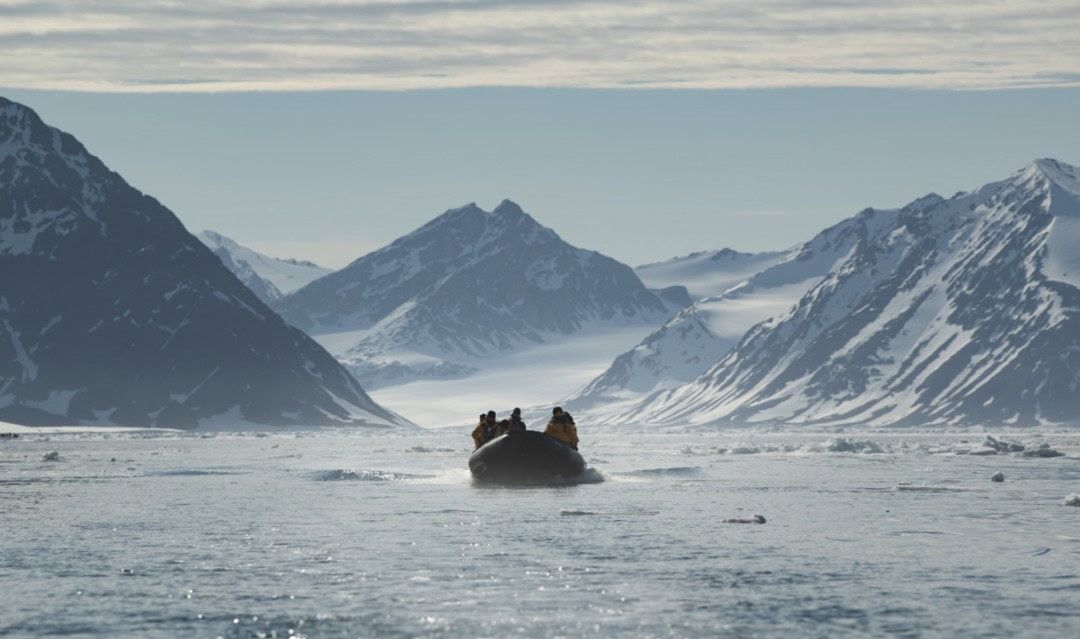
If you want to go to the Arctic, this year might be the last great opportunity. The gateway to the Arctic is Svalbard, and the Norwegian government has officially passed new tourist regulations for the Arctic Svalbard archipelago, which will take effect on January 1, 2025.
Here are some key points to summarize:
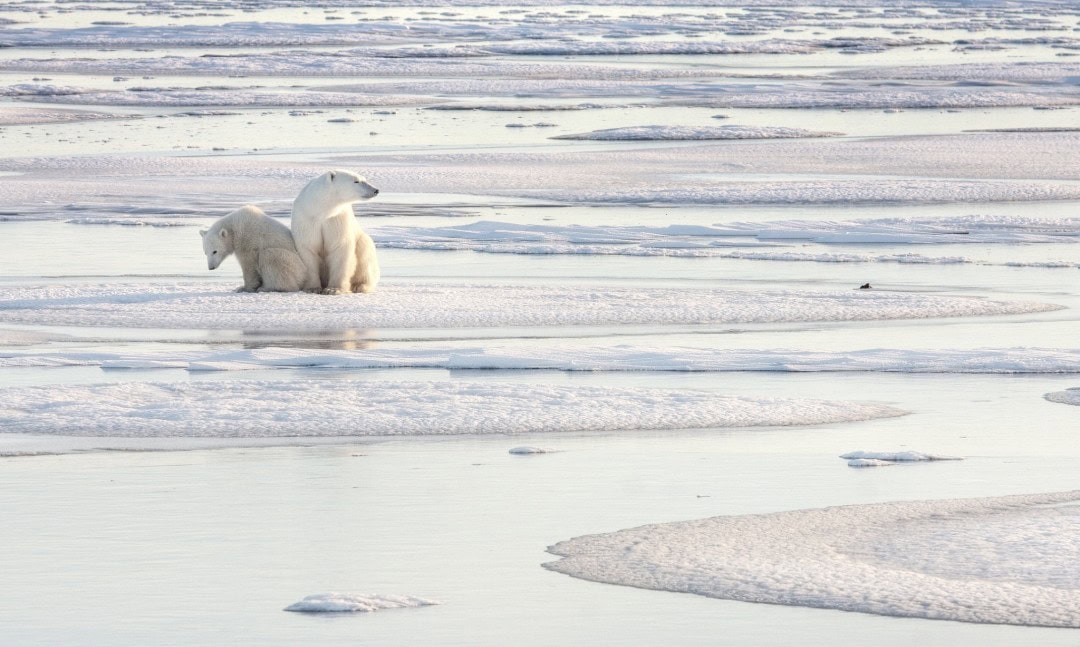
1) The number of landing points will be significantly reduced. The number of landing points in Svalbard will drop from about 240 to 43! This means many places will no longer be accessible starting next year. Additionally, at some landing points (mostly concentrated in the eastern region), the number of people allowed to disembark at the same time is limited to 39. For a ship that holds 200 people, disembarkation might have to occur in five batches!
2) The distance for wildlife viewing will increase. Svalbard is mainly for observing polar bears, and under the new regulations, the viewing distance for polar bears must be at least 300 meters, and during certain periods, it must be 500 meters. Seeing bears from 300 meters away means you’ll definitely need binoculars. This distance requirement also applies to observing walruses and seabirds.
3) The total number of cruise passengers is limited to no more than 200 people. This means that there will be fewer ships operating in Svalbard, or those ships cannot operate at full capacity. Many luxury vessels accommodate over 200 passengers; for example, Ponant’s Le Commandant Charcot has a capacity of 245 passengers and operates regularly in the polar regions. Based on supply and demand, prices are likely to rise. However, on the other hand, luxury ships not operating at full capacity may offer a better experience.
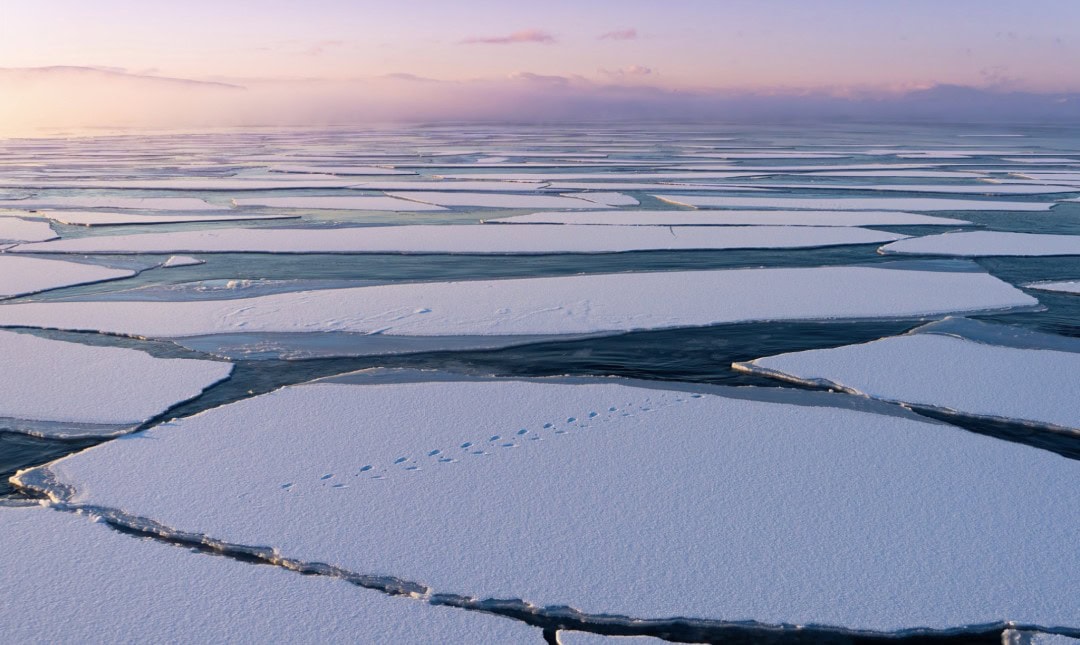
Furthermore, this year, Arctic prices are also quite attractive. A few days ago, I received a promotional offer from SWAN for 24, with a 7-night Svalbard route costing just $3,493 (about 25,000 yuan). This price also includes round-trip airfare from Copenhagen to Longyearbyen (which is not cheap), as well as one night in a hotel before boarding and transfers—such a great deal! I am already quite tempted. This year, I definitely want to make it to the Arctic; I just need to decide which ship to go with.
So, if possible, try to visit the Arctic this year. Traveling to the Arctic is much more convenient than going to Antarctica; even if you’re heading to Svalbard (the gateway to the Arctic), it only takes a little over ten hours to fly to Europe, and then you can catch a flight to Svalbard.
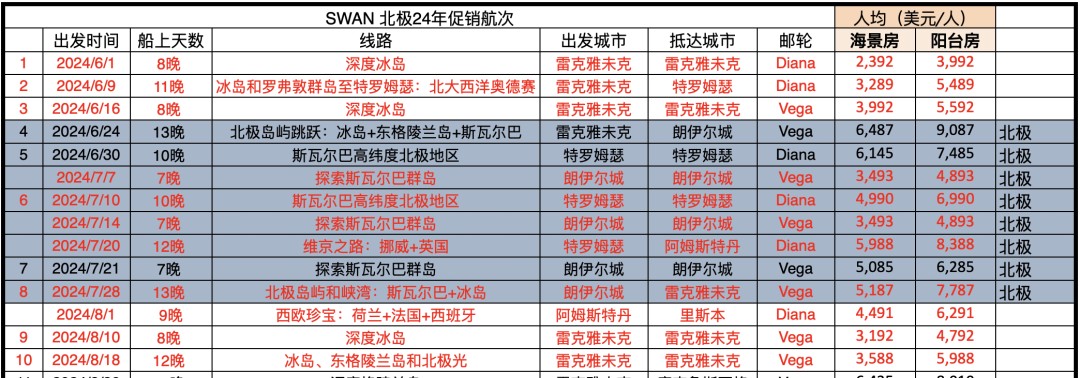
Now let’s get into the details of today’s main topic: a comprehensive guide to Arctic travel.
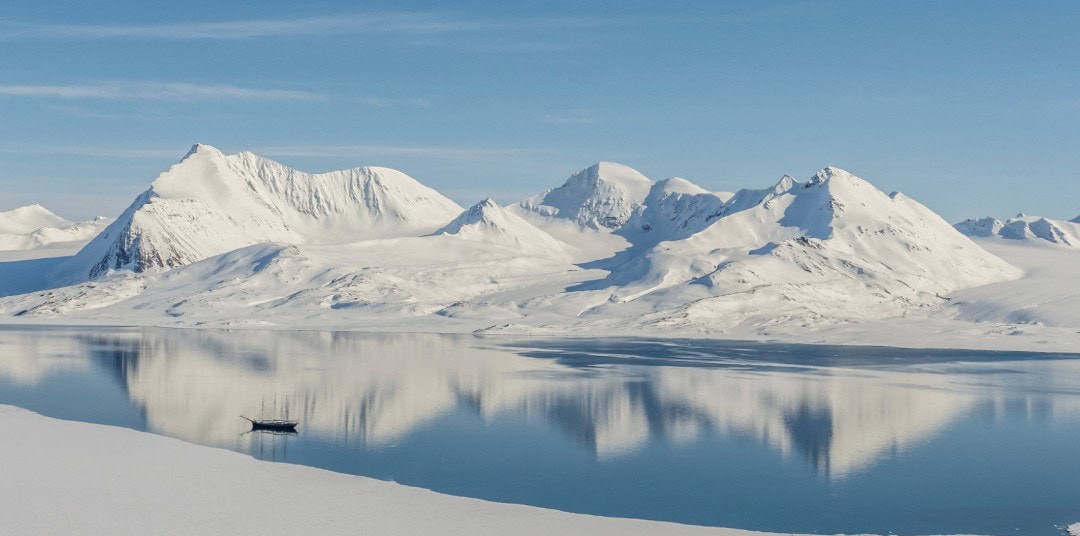
First, let’s clarify three concepts related to the Arctic: the Arctic Circle, the North Pole, and viewing the Northern Lights. The land within the Arctic Circle belongs to eight countries: Iceland, Denmark, Norway, Sweden, Finland,Canada, and the United States. Many people claim to have been to the Arctic, but they actually just visited these eight countries and entered the Arctic Circle—it’s not as difficult as it seems.
Surrounding these lands is the Arctic Ocean, which is mostly ice-covered year-round above 80°N latitude. The real challenge is reaching the North Pole, as it requires an icebreaker ship, and there are only two icebreakers capable of making the journey, which can only be done during specific times of the year.
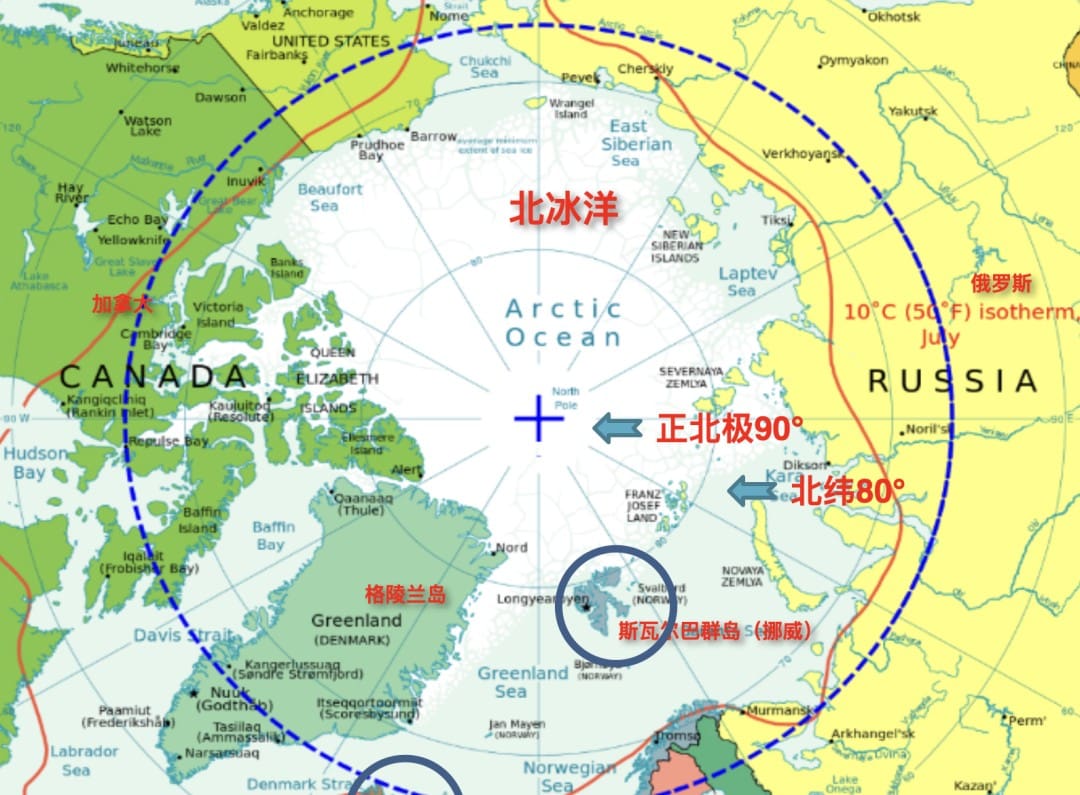
As for the Northern Lights, they are part of the auroral zone (or oval). When the auroras are strong, this oval expands, and when they are weak, it contracts. There are no Northern Lights observed at the very North Pole. Observing auroras is convenient in the Arctic and its surroundings, as there are many cities that are easily accessible. Cities within and around the Arctic Circle that are great for viewing the Northern Lights include Fairbanks in Alaska, Yellowknife and Whitehorse in Canada, all of Iceland, Tromsø in Norway, and Lapland in Finland.
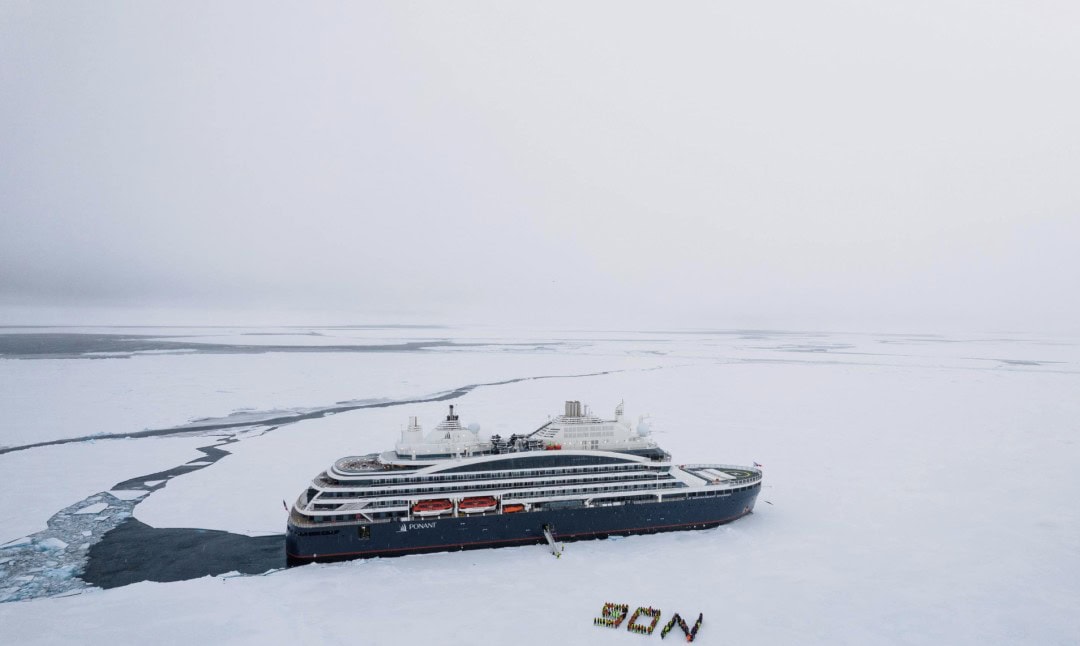
Because of the diverse options for Arctic travel and the availability of visits throughout the year (though different seasons recommend different destinations), prices for Arctic travel can vary widely.
Next in price are Norway and Finland. Recently, we promoted trips departing on January 30, 2025 (the second day of the Lunar New Year) and another on October 1, 2024, for National Day, both of which still have availability. The Hurtigruten cruise MS Kong Harald offers a classic 7-day northbound route (Bergen to Kirkenes) starting at 9,999 yuan. The same route for the October 1 departure starts at 11,620 yuan. These itineraries can also take you into the Arctic Circle and provide a good chance to see the Northern Lights. We have to plan trips for the summer, National Day, and Spring Festival thoroughly, so if you need assistance, just reach out to our assistant.
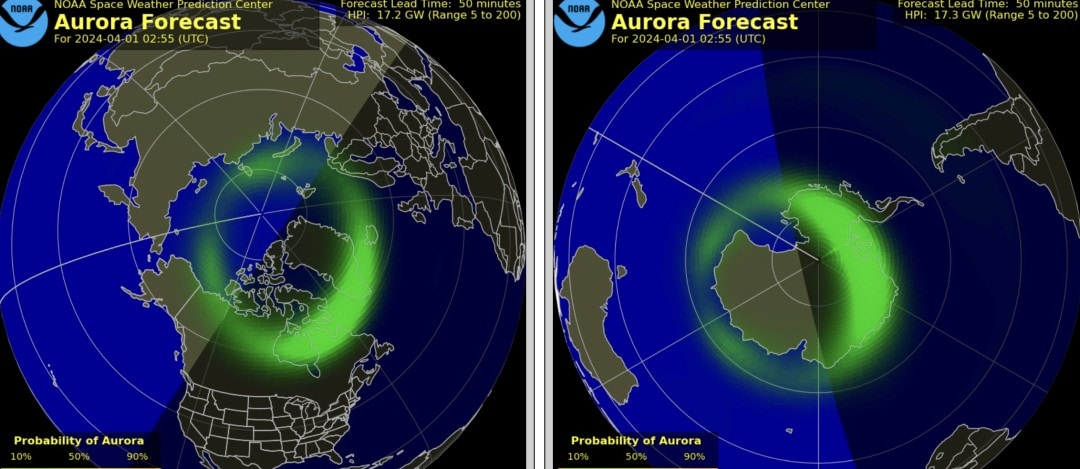
Traveling to Iceland and Alaska may be slightly more expensive, but they are truly beautiful destinations that are must-visits in one’s lifetime. However, most itineraries for Alaska will require dual visas for the United States and Canada, which can complicate things.
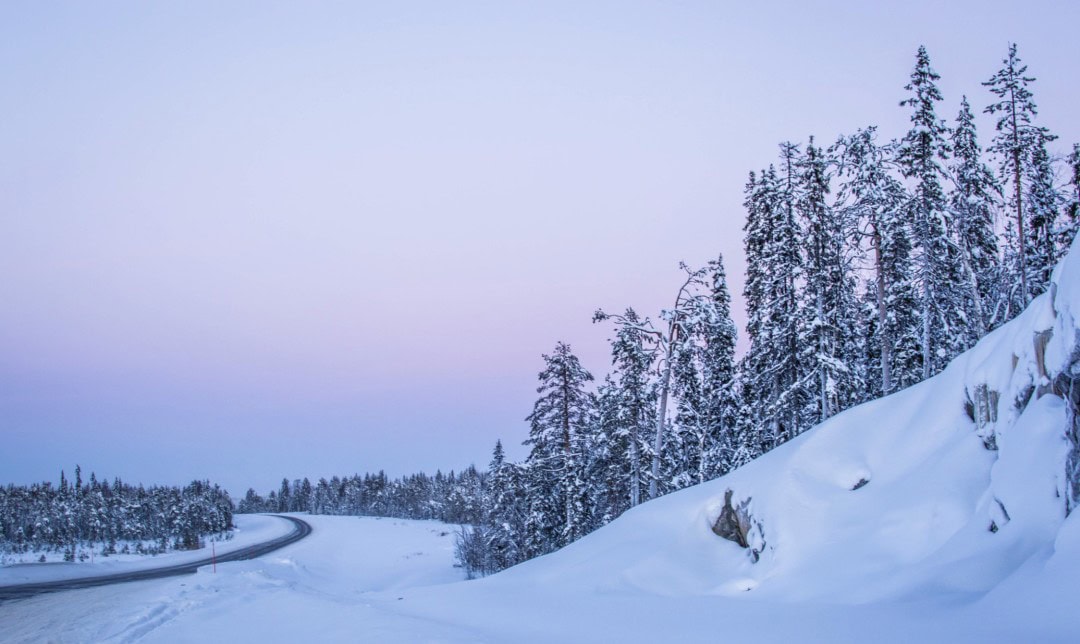
But all of this only encompasses the fringes of the Arctic; the actual Arctic is Svalbard, the Northwest Passage, and the North Pole.
Let me introduce them one by one. The Svalbard archipelago is a collection of the essential elements of the Arctic and is truly the gateway to Arctic travel. Most people who say they want to go to the Arctic are actually referring to Svalbard. If you see offers for 10,000 yuan to go to the Arctic (usually referring to Norway, or Finland) or 15,000 yuan to the Arctic (usually referring to Iceland), they are misleading. Any ticket that includes Svalbard will cost at least 20,000 yuan. Svalbard has more polar bears than people, with fjords, glaciers, and pack ice, representing the richest geography and ecology within the Arctic Circle.
Let me first point out Svalbard’s location. Svalbard is about 1,000 kilometers away from the Norwegian mainland, one of the last wild frontiers on this planet, where 60% of the land is permanently covered in ice and snow. When you arrive here, hardly anyone can be closer to the North Pole than you.
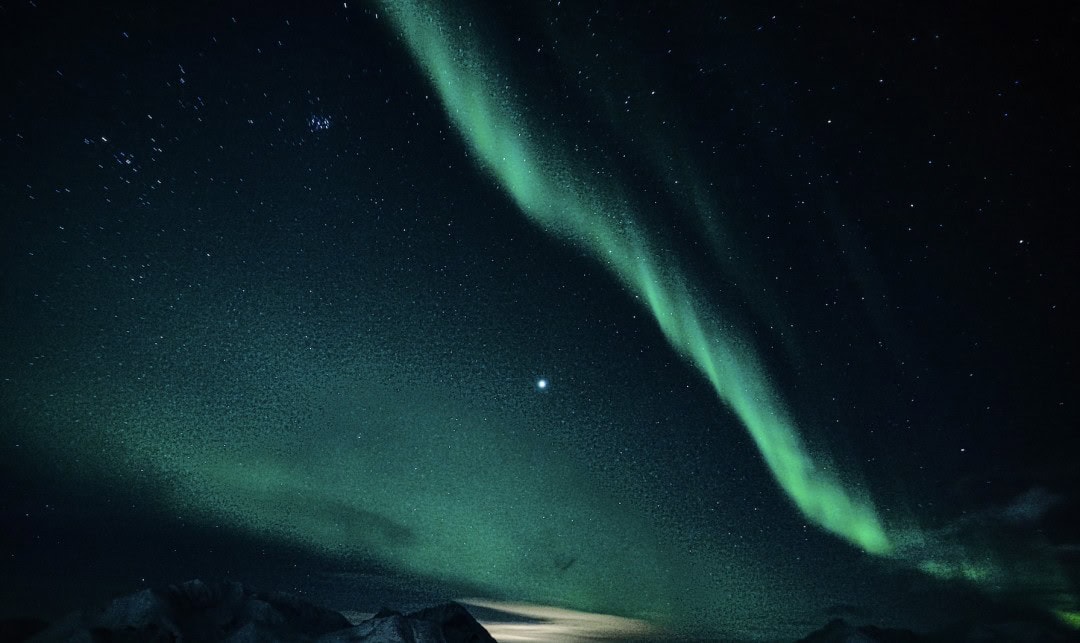
The weather in Svalbard is relatively mild. Thanks to the influence of the North Atlantic Drift, it is warmer here compared to similar latitudes in Greenland, Canada. It is a habitat for various Arctic species. The map below shows Svalbard; the further north you go, the higher your chances of seeing polar bears.
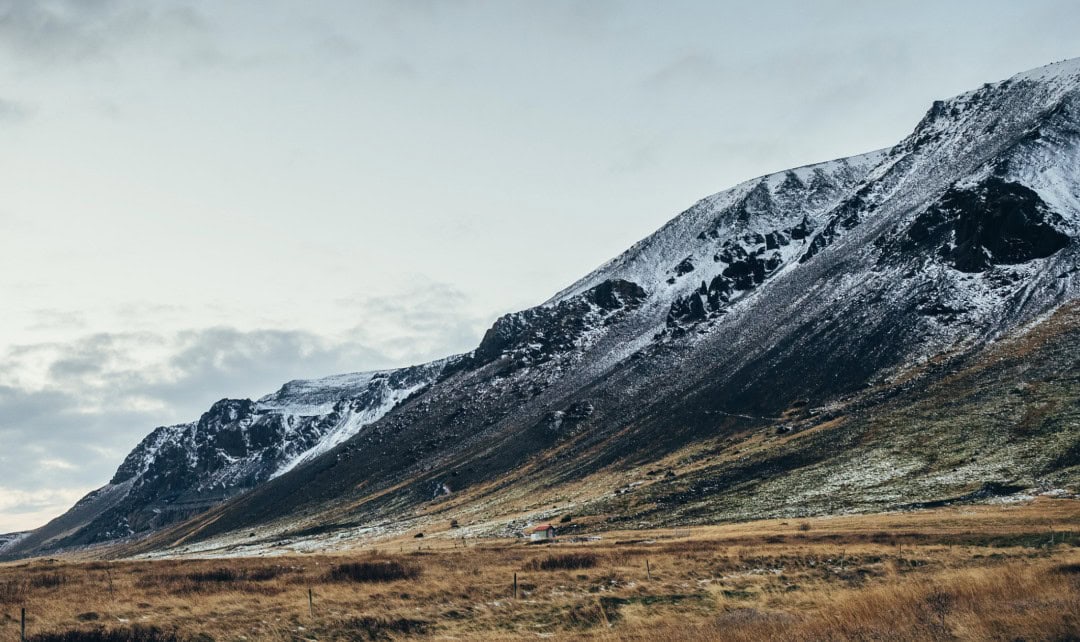
Svalbard is also known as the “Cold Coast Islands,” a true cold wonderland at the end of the world. There is a rich variety of animals here, including polar bears, Arctic foxes, reindeer, blue whales, humpback whales, and more. In particular, Svalbard is known as the homeland of polar bears, with the highest density of polar bears in the world—there are roughly 5,000 polar bears and fewer than 3,000 permanent residents.
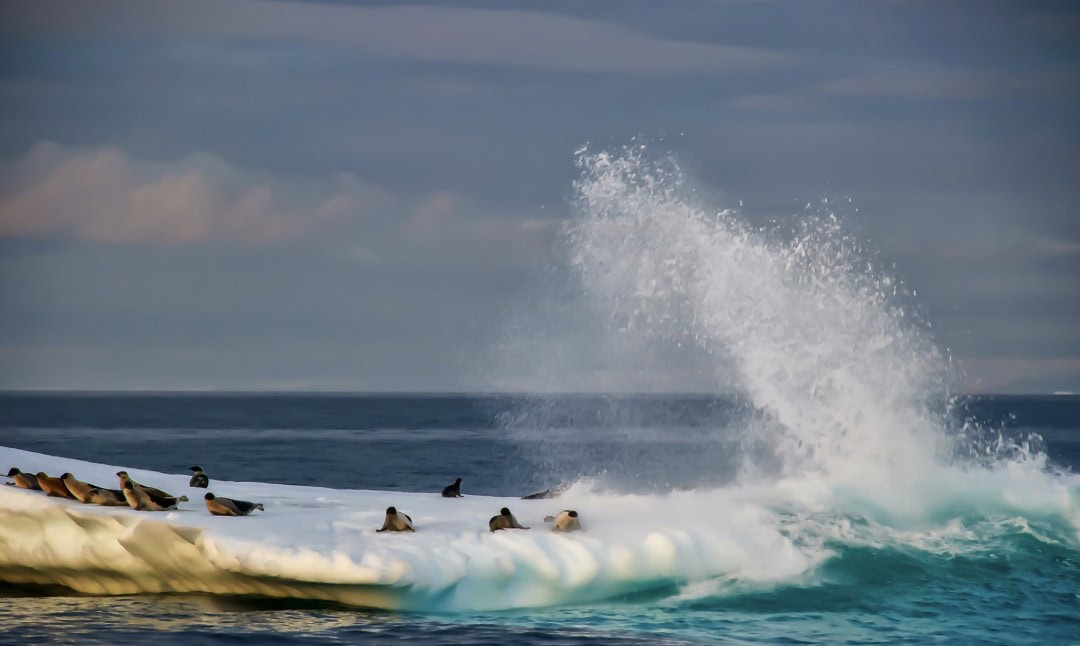
Even so, encountering a polar bear is still not an easy feat. The image below shows a polar bear, but can you spot it? With the new requirement starting next year to observe bears from a distance of 300 to 500 meters, it will be even harder to see them.
Summer in Svalbard lasts from late May to September, and this is the only season ideal for travel. There is a term called “midnight sun,” which applies to Svalbard. Each year at this time, the sun still shines brightly during the midnight hours.
From mid-July to mid-August is the warmest time in Svalbard, during which you can witness glaciers calving into the sea and the blooming of flowers on the tundra.
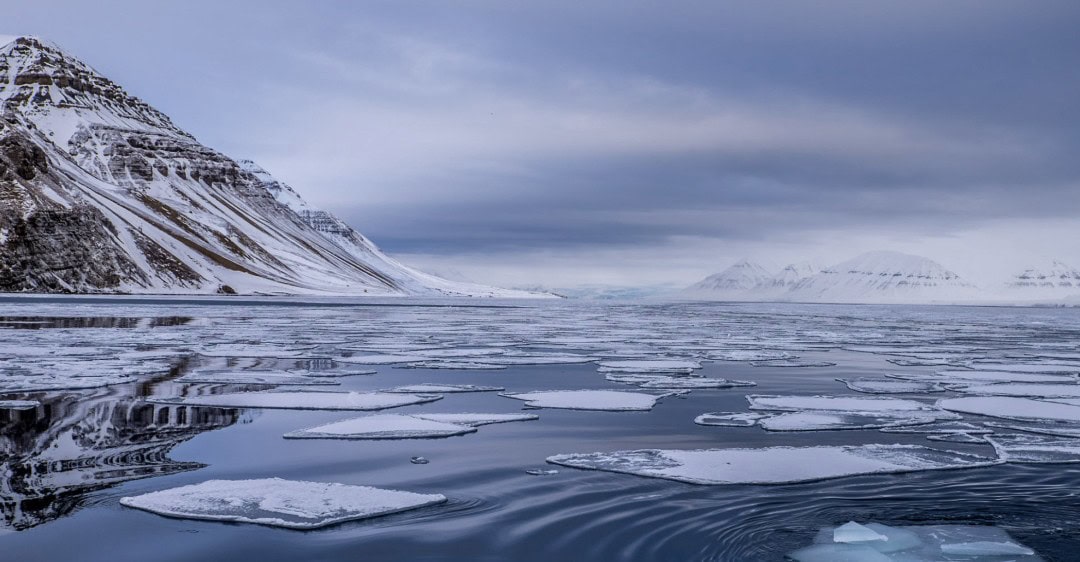
Currently, there are only two towns in the Svalbard archipelago: Longyearbyen and Barentsburg. Longyearbyen is the capital of Svalbard and is considered one of the most remote cities on Earth, as well as the northernmost city in the world.
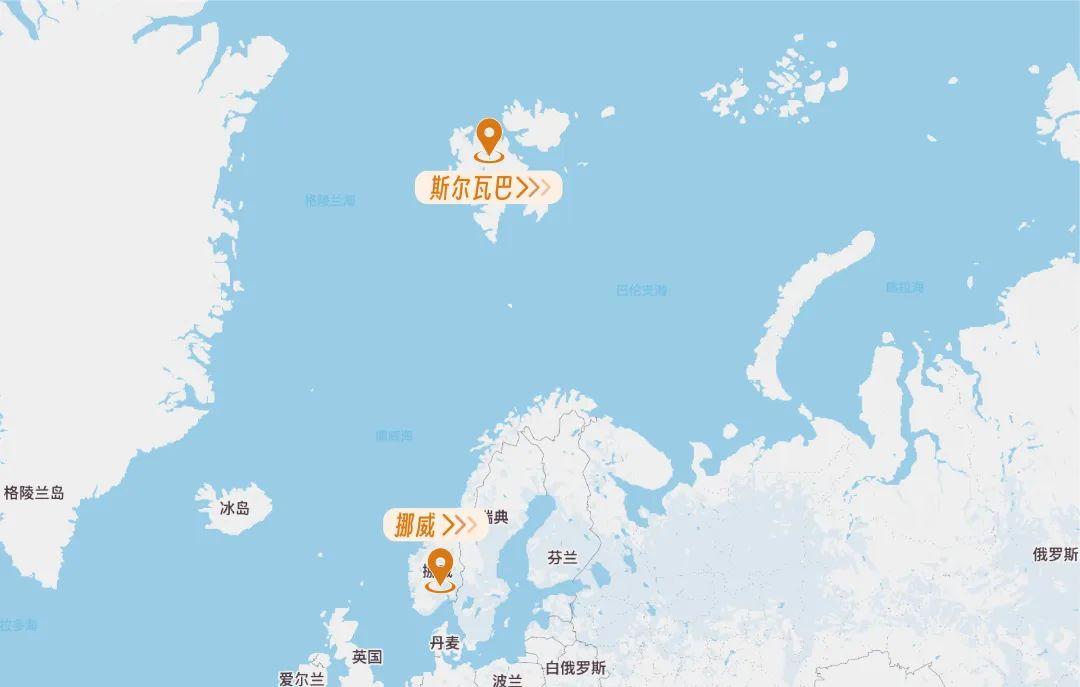
Barentsburg was an important coal mining base for the Soviet Union before the 1980s, peaking at around 1,000 residents but is now declining.
The best way to explore the Svalbard archipelago is by cruise, and it must be an expedition cruise. The entire road network on Svalbard is only 46 kilometers; only cruises can take you to more unknown territories. Large ships are not allowed to enter Svalbard (and they are not permitted). With fewer than 3,000 residents on the entire island, bringing a massive ship with over 2,000 passengers would seriously damage the local ecosystem, and the people of Northern Europe are particularly environmentally conscious.
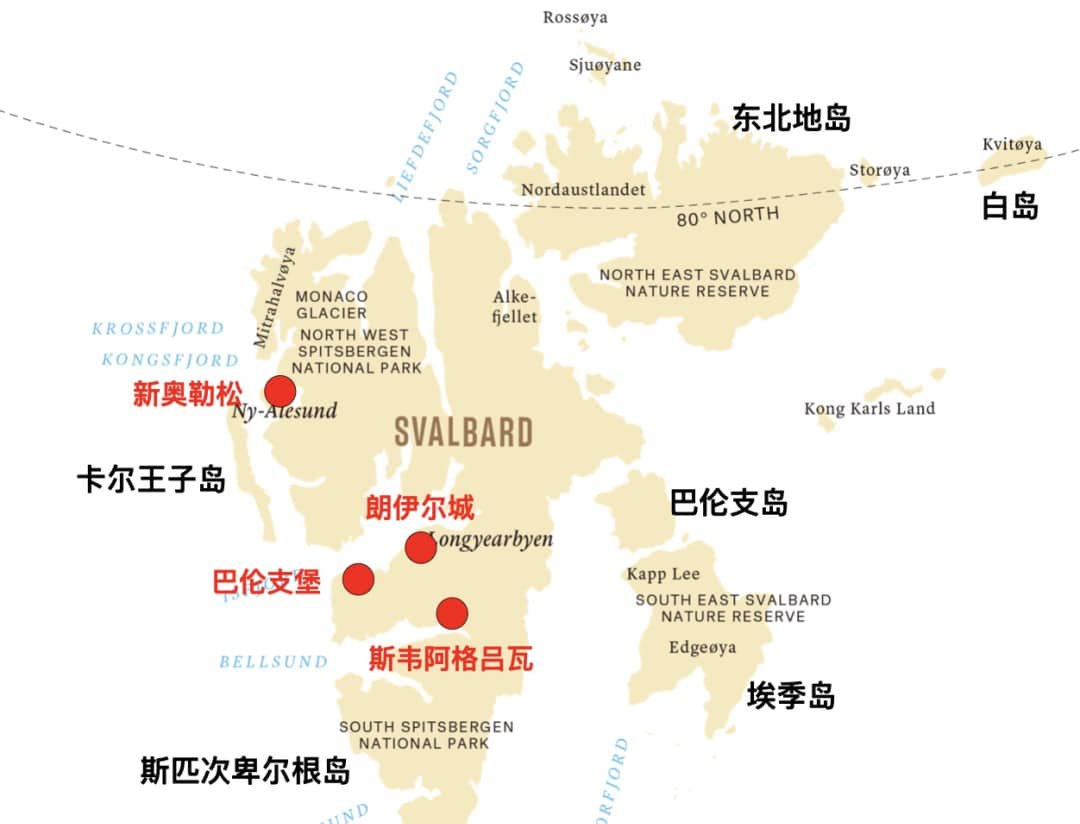
I recommend that Svalbard itineraries be at least six nights long, primarily considering whether they go to the northern areas of Svalbard. Deeply circumnavigating the island is the best option. More in-depth itineraries will provide better opportunities to see more wildlife, and Svalbard’s northern and eastern fjords are denser and offer better scenery. In-depth routes will come close to the Ice Floes (vast areas of sea ice), which are definitely a highlight of Svalbard; the more ice there is, the more polar bears you’ll see.
In addition, there are dual-island (Svalbard + Greenland) and triple-island (Svalbard + Greenland + Iceland) routes. My suggestion is to prioritize single-island Svalbard options. Most dual or triple island itineraries only spend 3-4 days in Svalbard, typically just around the west route near Longyearbyen, without going into depth, resulting in a very low chance of seeing polar bears. Three to four days also makes it impossible to cruise in the Arctic Ocean ice cap. Single-island Svalbard trips generally last at least 6-7 days.
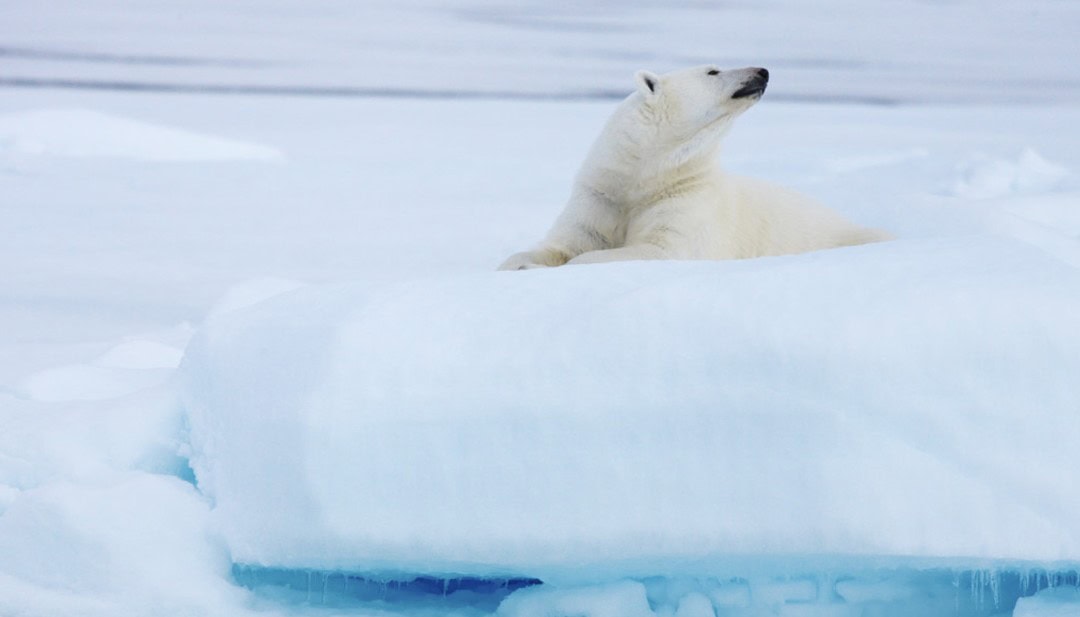
Dual or triple island itineraries in Greenland also lack depth, as the routes are limited, mostly reaching only the eastern part of Greenland, while Greenland’s true heart lies in the western town of Ilulissat.
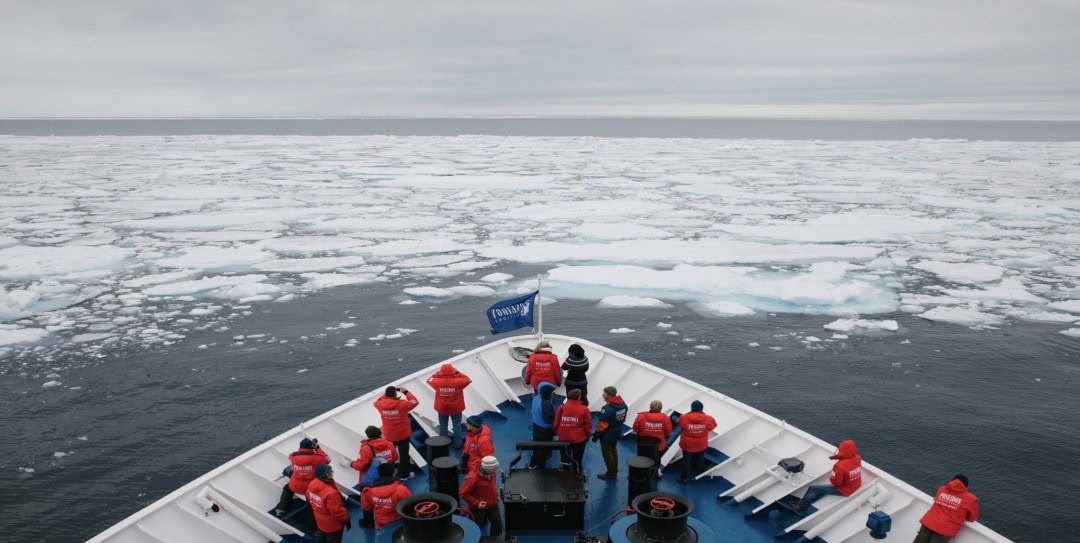
Greenland is mainly for observing icebergs and fjords while experiencing Inuit culture. Iceland is primarily about the scenery—the entire island is beautiful.
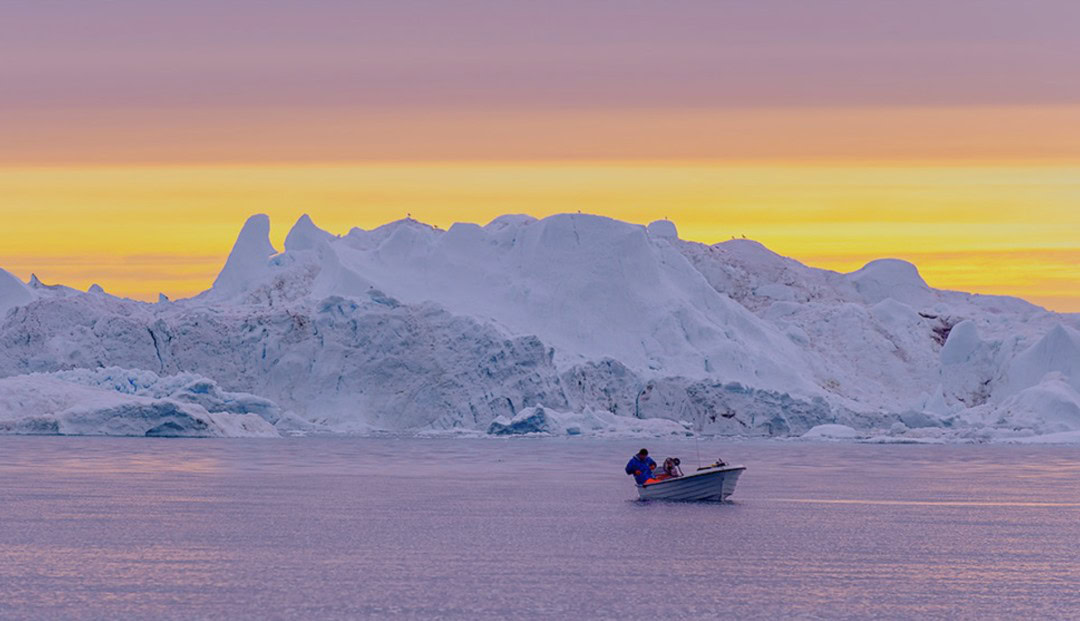
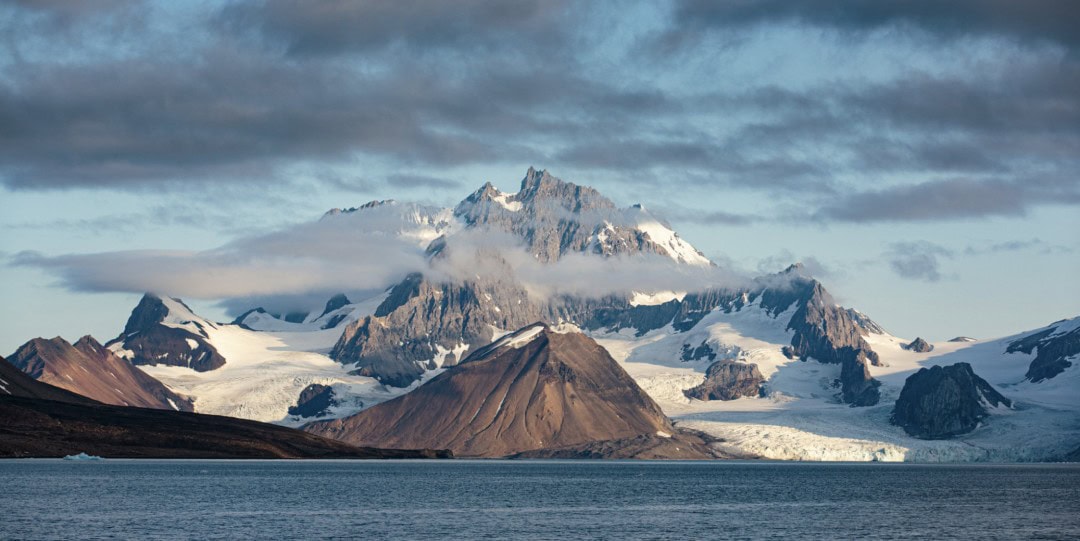
For those considering the triple-island route, I recommend looking for itineraries that are at least 18 days long. Unfortunately, such journeys are rare, and most people do not have that much vacation time. So, don’t be too greedy; one deep dive into Svalbard, one expedition into Greenland, and another in Iceland works well too.
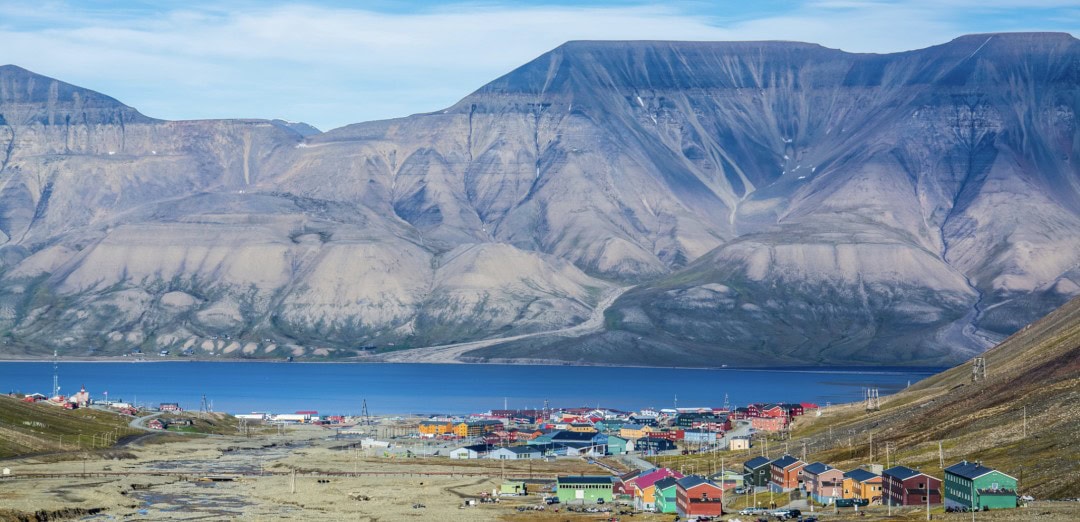
The North Pole is daunting to reach, but if you can go, it’s something you can boast about for a lifetime. There is only one North Pole on Earth, and few people have stood on it! If I remember correctly, humans have reached the North Pole via ship fewer than 200 times.
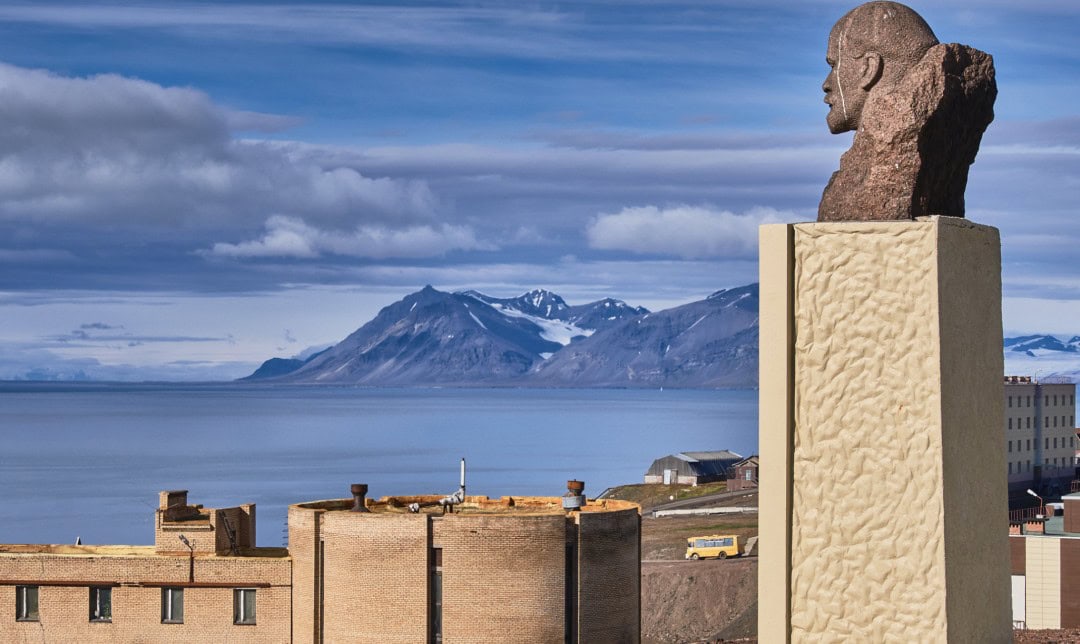
There are generally two conventional ways to reach the North Pole. This year, high-end trips have been in high demand. While writing this article, I consulted a friend from Ponant, and she told me that this year’s trips to the North Pole are nearly sold out, as well as the first itinerary for next year. This starts at around 40,000 euros!
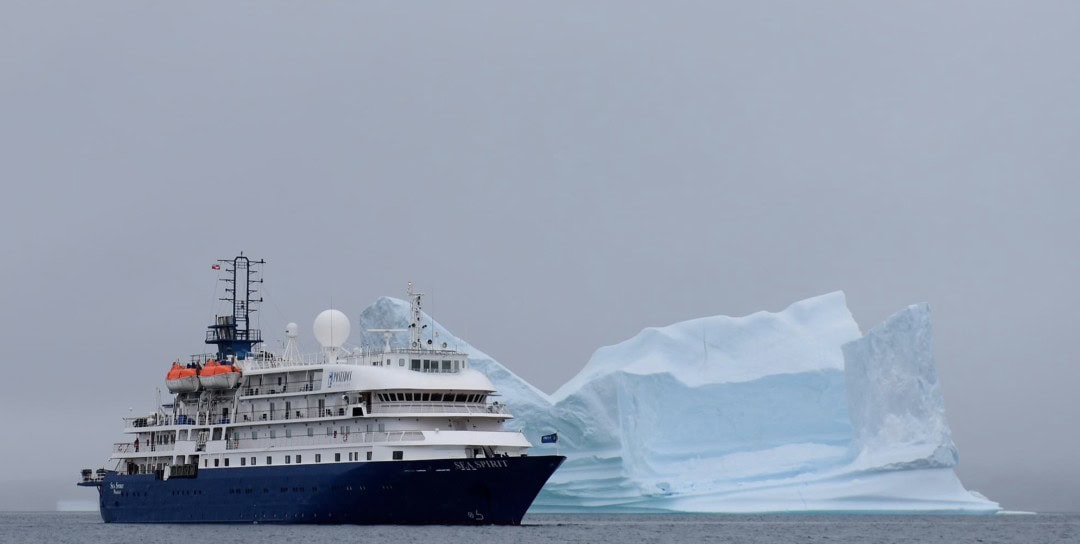
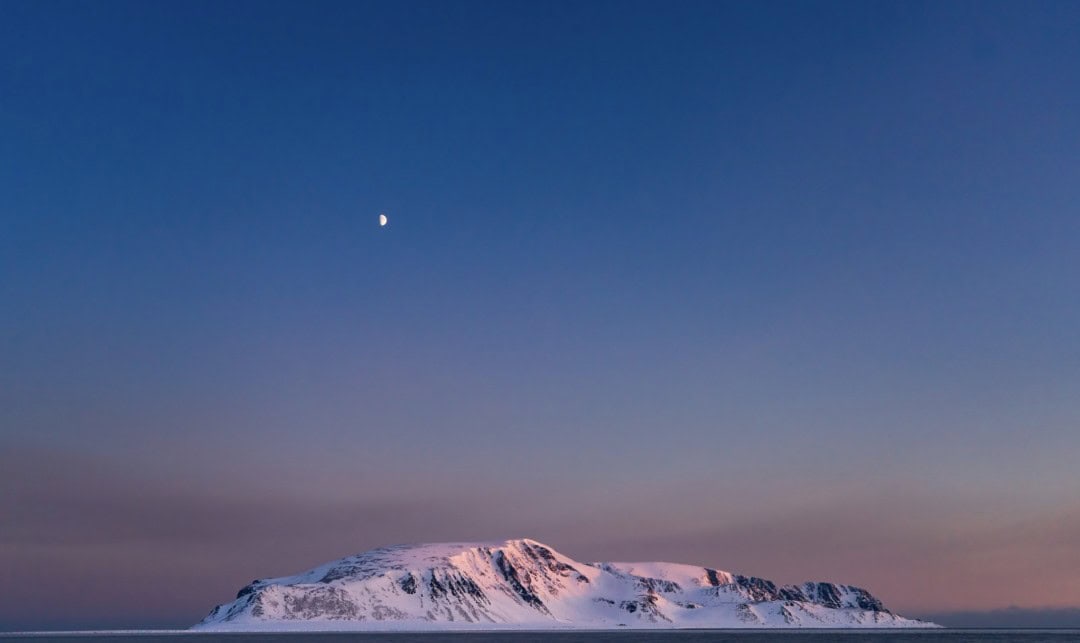
The Northwest Passage
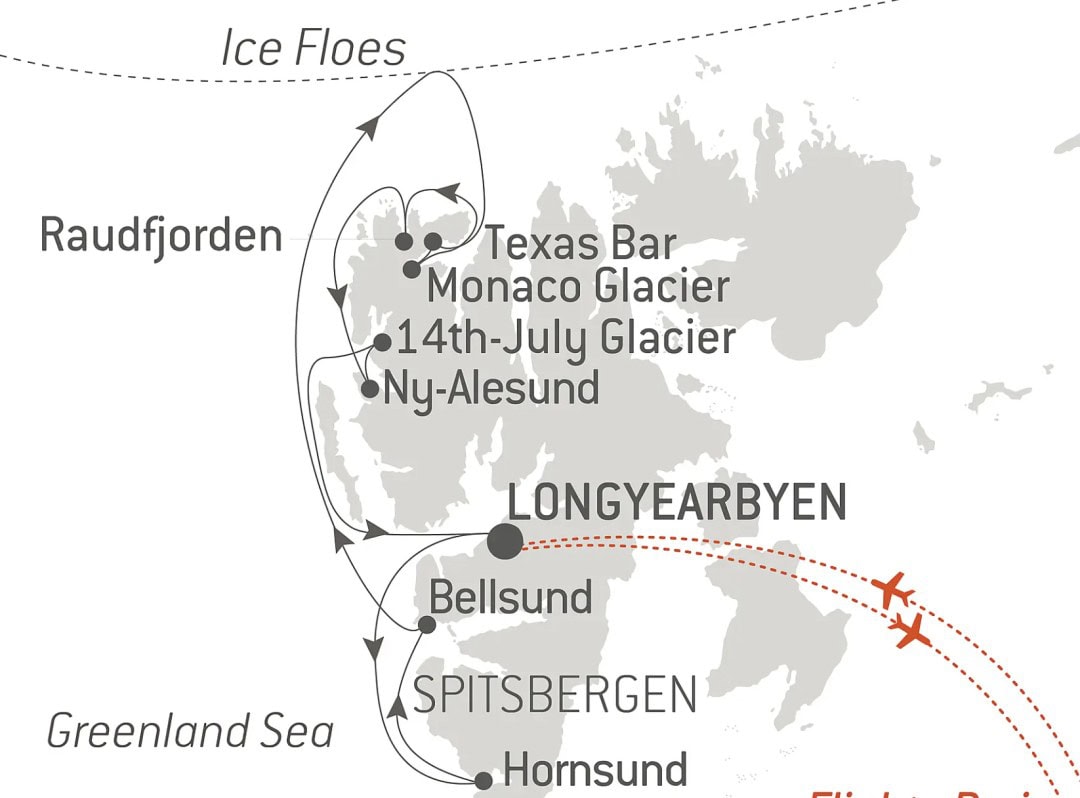
The Arctic route mainly includes two paths: the Northwest Passage (mostly located in the waters of Canada’s Arctic Archipelago) and the Northeast Passage . The Northwest Passage is relatively more mainstream, especially lately, due to international issues, leading to a significant drop in vessels traversing the Northeast Passage.
Moreover, the Northwest Passage carries a more tragic history, being a dream destination for many famous explorers, as well as a site of their demise. It’s considered the Everest of the maritime world, and Westerners particularly favor such poignant tales. Even today, safe passage through the Northwest Passage cannot be guaranteed for every visitor, with only a few weeks of optimal navigation time each year.
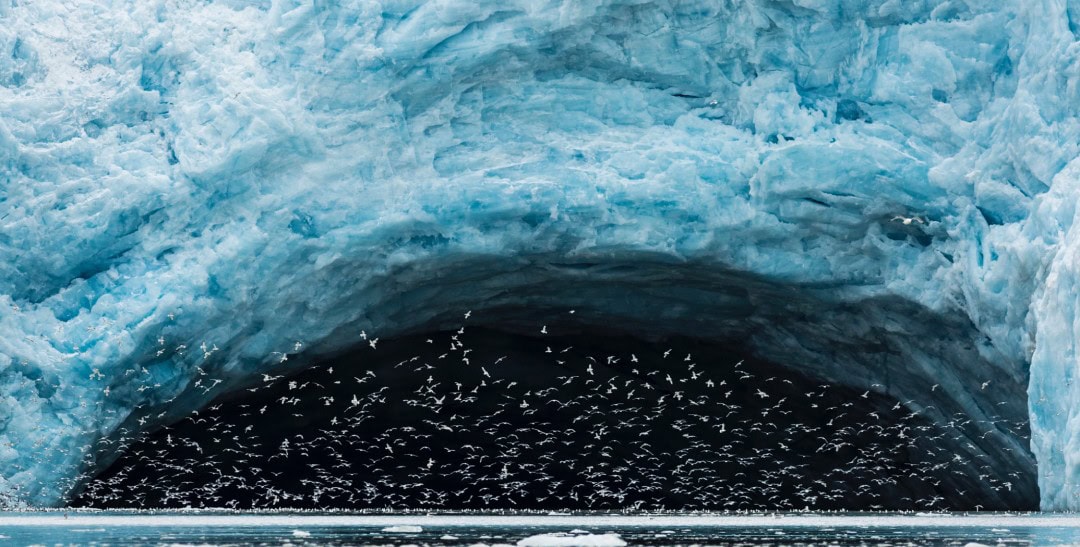
Let me share a satellite image of the Northwest Passage (partial view). Ponant, Aurora, Hurtigruten, National Geographic, and others all have routes crossing the Northwest Passage, which typically takes over 20 days and can be quite pricey.
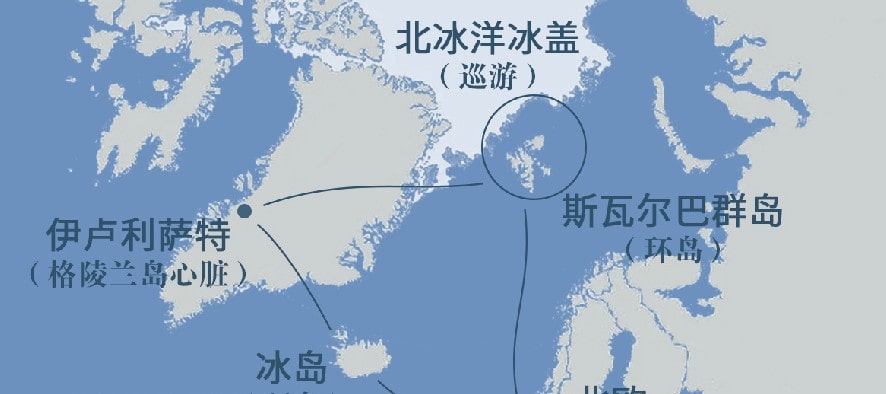
In fact, the Northeast Passage in Canada is also part of Arctic routes, but with fewer ships, it usually connects to the western part of Greenland. This route will take you to the true heart of Greenland, which is Ilulissat.
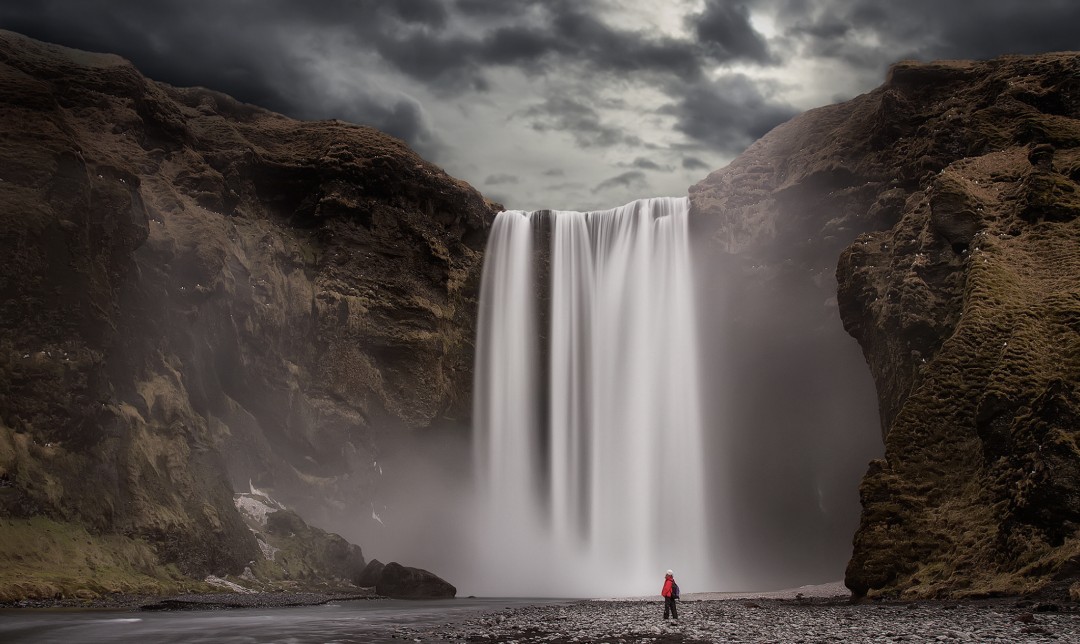
Finally, to summarize:
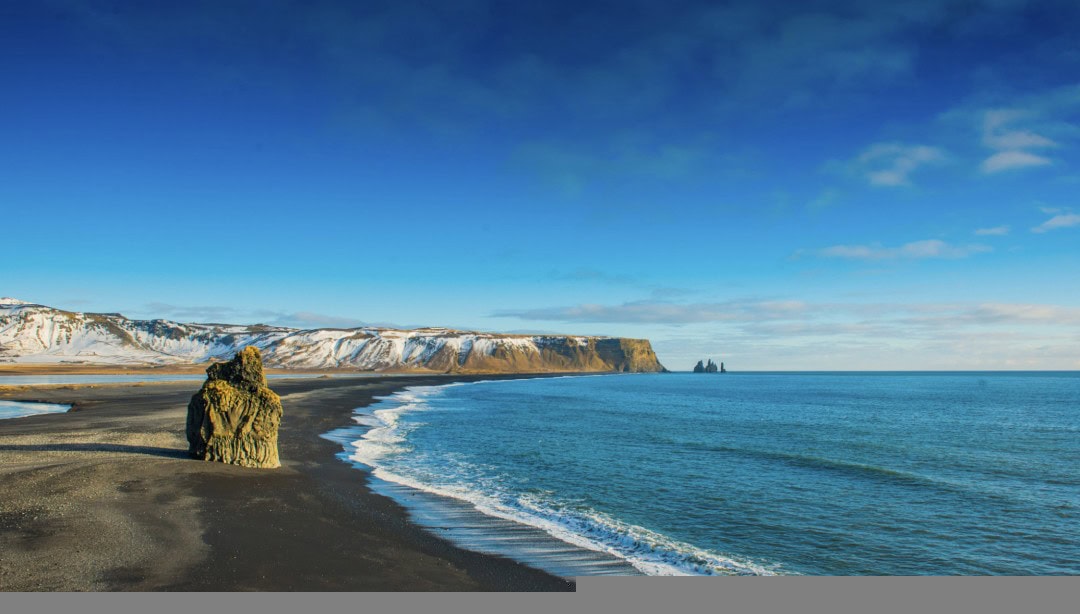
If you want to visit the Arctic, clarify your purpose first. Distinguish between traveling to the land within the Arctic Circle (relatively cheaper), visiting Svalbard (relatively more expensive), or going to the North Pole (which will be extremely costly).
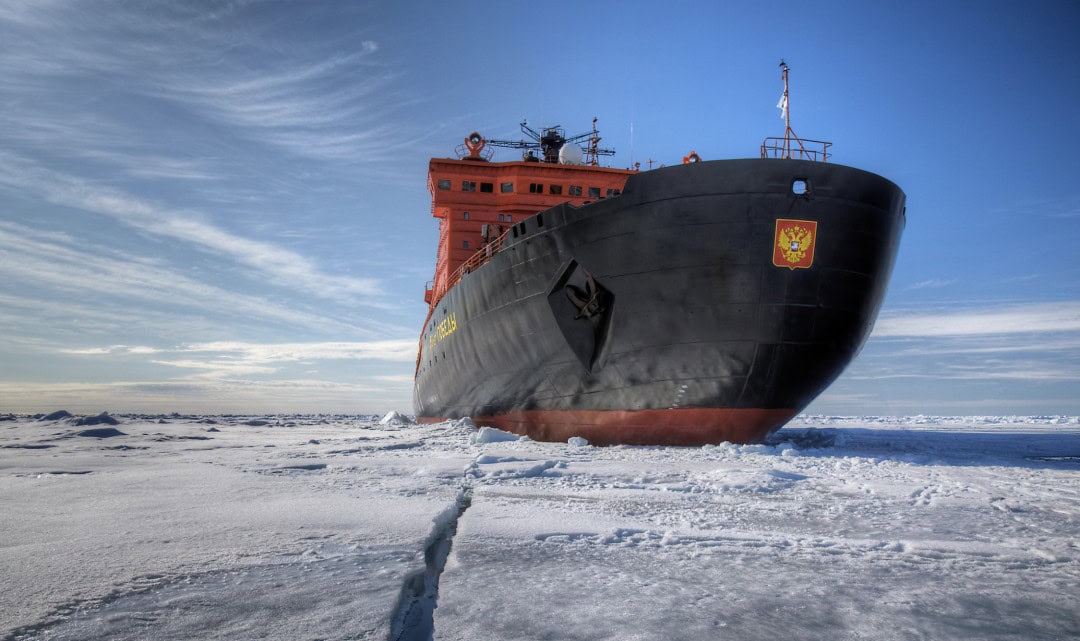
My personal recommendation is to start with Norway, Finland, Iceland, or Alaska to get a feel for the outer Arctic, then proceed to Svalbard, the gateway to the Arctic; finally, if you have the means, venture to Greenland or the North Pole for a more symbolic experience.
If you enjoy traveling, don’t forget to follow and pin our official account!
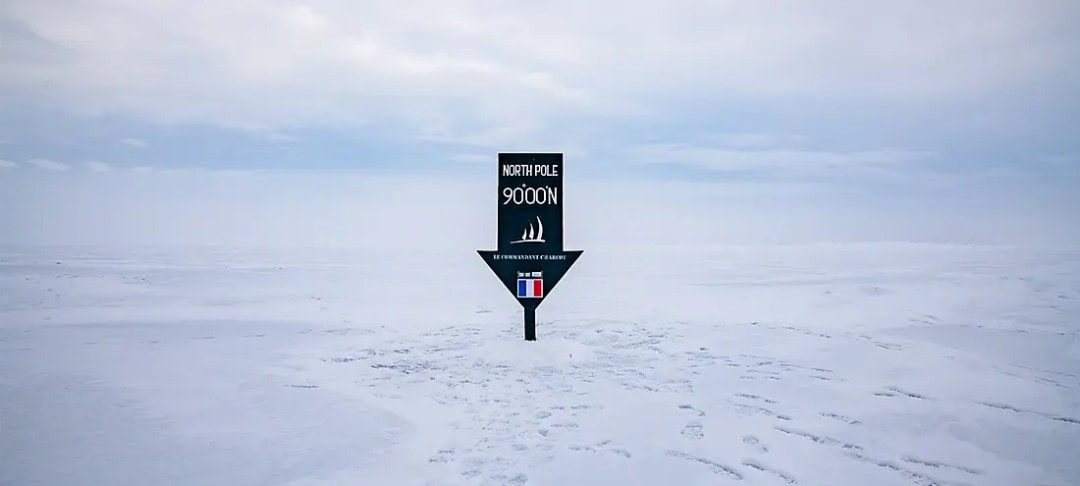
I am Jisucai Cai, the principal of the Xiyou public account and a travel blogger. I excel at combining travel with aviation, hotels, and credit cards, allowing you to travel smarter!

